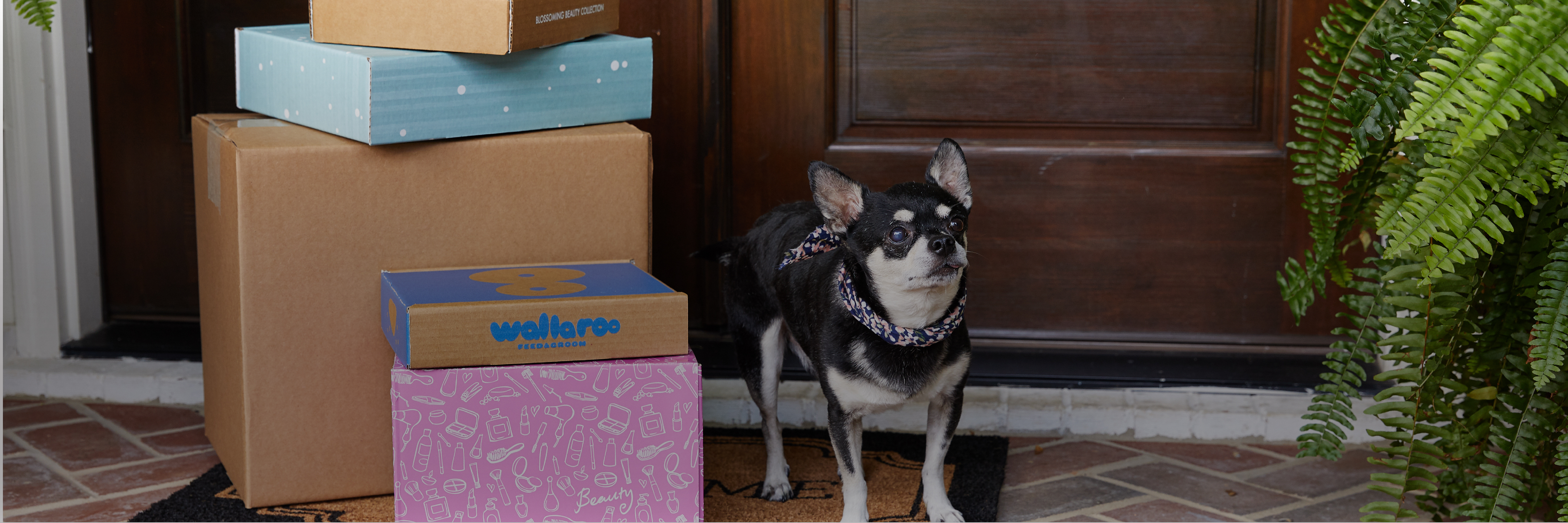The Convergence of Economic Growth and E-commerce Reliance
The U.S. consumer has emerged from the COVID-19 pandemic ready to spend. The healthy state of our economy serves as proof: we’ve retained economic growth from 2020 and are seeing continued growth into 2022 off this already elevated base. Consumers are spending money—but as the 2021 holiday shopping season demonstrates, how they’re shopping has changed. E-commerce continues to gain share as an increasingly integral part of the shopping ecosystem.
Online shopping has been on the rise since well before the pandemic, and lockdowns in 2020 only expedited its growth. In 2015, e-commerce was responsible for just 8% of all sales. Five years later, it was up to 19%
1 – and shopping patterns indicate this acceleration will continue. Deloitte forecasts that in the 2021-2022 holiday season alone, e-commerce sales will grow by 11-15% from last year, faster than the pace of brick-and-mortar.
2 Going forward, it’s predicted that nearly 60% of all retail growth through mid-decade will come from e-commerce, and by 2026, online shopping will be responsible for 27% of all sales.
3In response to this rise in e-commerce and change in shopper behavior because of the pandemic, retailers are re-platforming their retail spaces to adapt to the future of shopping. Many retailers have shifted digital order fulfillment to stores, enabling customers to buy online and conveniently pick up near where they live and work or have order delivered to homes from local stores. In the fourth quarter of 2020, for example, it’s estimated that stores fulfilled 60% of online orders.
4 “To meet this growing need, the store of the future will be a hybrid merchandising and fulfillment center, with sections for both shipping and shopping,” explains Leon Nicholas, vice president of Retail Insights & Solutions at WestRock. “What does that mean for packaging? As these fulfillment centers increasingly leverage automation to fill orders, there will be new packaging requirements to increase efficiency, including size, shape and easy ‘grab-ability.’”
Between fulfillment and shipping needs, this increased reliance on e-commerce means an inevitable rise in the use of packaging materials. Meanwhile,
sustainability is proving to be more important to the consumer than ever. In a study by IBM,
5 90% of consumers surveyed reported the pandemic affected their views on environmental sustainability, and 60% are now willing to change shopping habits to reduce their environmental impact. Furthermore, nearly half of consumers now pay attention to the amount and type of packaging when making a purchasing decision.
6 This intersection of heightened environmental awareness, economic growth as we emerge from the pandemic and an increase in online shopping has brought e-commerce to a crossroads: It’s time to rethink packaging and fulfillment, with a focus on e-commerce sustainability.



